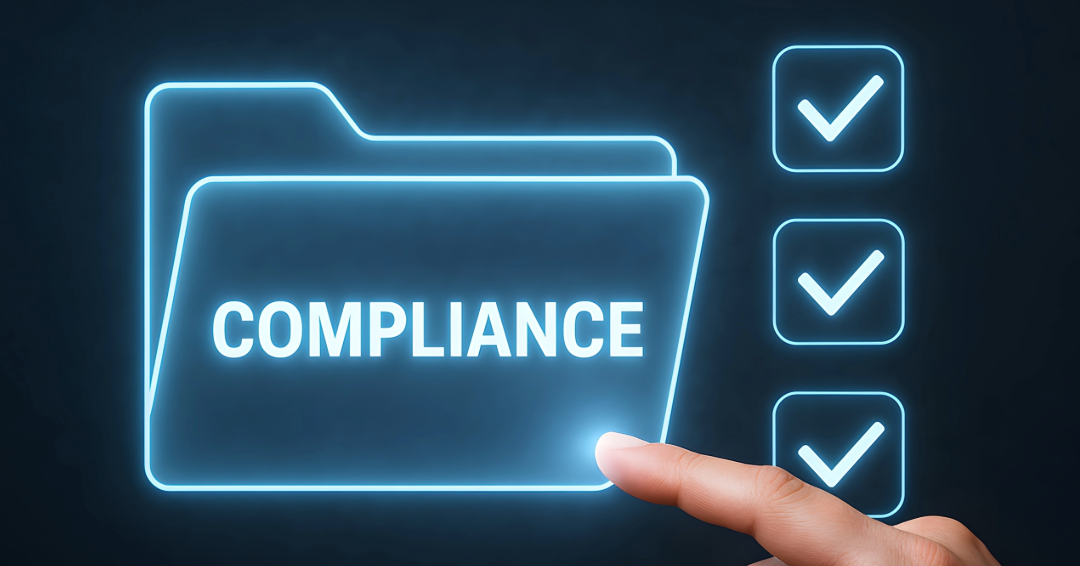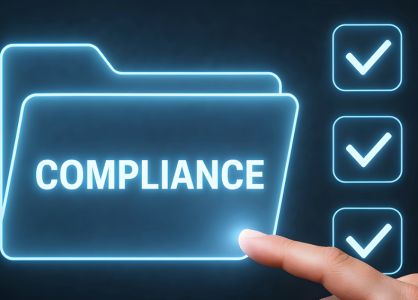In the ever-expanding global market, multinational organizations face a significant challenge: ensuring consistent governance and compliance across different regulatory environments. As businesses continue to grow and operate in multiple jurisdictions, the complexity of managing governance across borders has become a critical aspect of business strategy. With each country having its own legal, regulatory, and compliance requirements, the need for a streamlined and effective governance model has never been more important.
The question is: How do organizations ensure they remain compliant and maintain governance consistency while navigating this complex web of international regulations? Let’s explore the key challenges of multi-jurisdictional governance and how businesses can tackle them effectively.
The Complexity of Managing Governance Across Borders
Multinational organizations operate in diverse environments, each with its own set of rules and regulations. This includes differences in labor laws, tax policies, environmental regulations, data privacy laws, and financial reporting standards. These differences create a unique set of challenges for businesses that aim to maintain a consistent governance framework across multiple countries.
Some of the key challenges organizations face in cross-border governance include:
- Diverse Legal and Regulatory Requirements: Each country has its own legal framework that governs business practices, from corporate governance to financial disclosures. For example, a company based in the U.S. must comply with the Sarbanes-Oxley Act, while a business in the European Union must adhere to the General Data Protection Regulation (GDPR). Understanding and complying with these differing regulations is essential, yet challenging, especially as regulations continue to evolve.
- Cultural and Organizational Differences: Governance is not just about legal compliance; it also encompasses corporate culture and organizational practices. In some regions, decision-making might be highly centralized, while in others, it might be more decentralized. Understanding these cultural nuances is crucial for creating a governance model that works across all jurisdictions while respecting local norms and practices.
- Communication and Coordination: Effective governance requires clear communication and coordination between teams in different regions. Managing operations across multiple time zones, languages, and cultures can create barriers to smooth communication, which can lead to inefficiencies, mistakes, and missed opportunities.
- Ensuring Compliance with Local Laws: Each country has its own set of compliance requirements, and failing to meet these can result in severe penalties, legal action, or damage to a company’s reputation. Ensuring consistent compliance across borders is one of the most significant challenges organizations face in managing multi-country governance.
- Risk Management: Cross-border operations increase exposure to different types of risks, including political, financial, operational, and compliance risks. Organizations need to have a proactive risk management strategy to mitigate these risks and maintain governance standards across different jurisdictions.
Best Practices for Managing Governance Across Multiple Jurisdictions
While the challenges of managing governance across borders are undeniable, there are several best practices that multinational organizations can adopt to streamline governance and ensure compliance:
- Centralized Governance Framework with Local Adaptation: One of the most effective ways to manage governance across borders is to create a centralized governance framework that sets high-level standards for compliance, ethics, and operations. This framework can then be adapted to meet the specific legal and cultural requirements of each jurisdiction. This hybrid model helps businesses maintain consistency while allowing flexibility to address local laws and practices.
- Leveraging Technology and Digital Tools: The complexity of cross-border governance can be mitigated by leveraging technology. Tools like cloud-based platforms and governance software allow businesses to monitor compliance, track regulatory changes, and manage reporting requirements in real time. By using technology, organizations can stay up-to-date with evolving regulations and ensure they meet compliance standards across different jurisdictions.
- Local Expertise and Advisory Networks: Engaging local legal and regulatory experts can help organizations better understand the unique governance requirements of each jurisdiction. Building a network of advisors and consultants who specialize in local laws and practices can provide valuable insights and reduce the risk of non-compliance.
- Regular Audits and Compliance Checks: Conducting regular audits and compliance checks is critical for ensuring that governance practices remain consistent and up-to-date. These checks help organizations identify gaps, address risks, and ensure that they are meeting the regulatory requirements in each jurisdiction.
- Employee Training and Education: Ensuring that employees across all levels understand the company’s governance policies and the local regulations they need to comply with is essential. Regular training and education on governance practices and compliance standards will help create a consistent understanding of governance across the organization.
- Clear Communication Channels: Establishing clear communication channels between headquarters and local teams is key to effective cross-border governance. Regular meetings, reporting systems, and collaboration platforms can help ensure that teams stay aligned on governance priorities and regulatory changes.
How Governancepedia Helps Organizations Navigate Multi-Country Governance
As organizations expand and face the challenges of operating in multiple jurisdictions, the need for a comprehensive reference guide to governance practices becomes increasingly important. Governancepedia is the ultimate resource for businesses seeking to navigate the complexities of cross-border governance.
Governancepedia offers in-depth articles, best practices, and resources on managing governance across different countries, ensuring that multinational organizations have access to the latest insights on legal compliance, risk management, and governance strategies. Whether you’re a startup looking to expand internationally or a well-established multinational corporation, Governancepedia helps you understand the regulations in each country, ensuring that your organization remains compliant and consistent in its governance practices.
By using Governancepedia’s resources, organizations can access:
- Comprehensive guides on international regulations and compliance requirements
- Best practices for cross-border governance and operational consistency
- Insights into the latest governance trends and updates on regulatory changes
- Risk management strategies for businesses operating across multiple jurisdictions
The Future of Cross-Border Governance
As globalization continues to shape the business landscape, cross-border governance will only become more complex. However, with the right tools, strategies, and knowledge, businesses can successfully navigate these challenges and ensure compliance and consistency across jurisdictions.
At Governancepedia, we are committed to helping organizations manage governance without borders, providing the resources and insights needed to stay compliant and effective in a globalized world.
Ready to manage governance across borders? Let Governancepedia be your guide to navigating the complexities of global governance. 🌍✨

